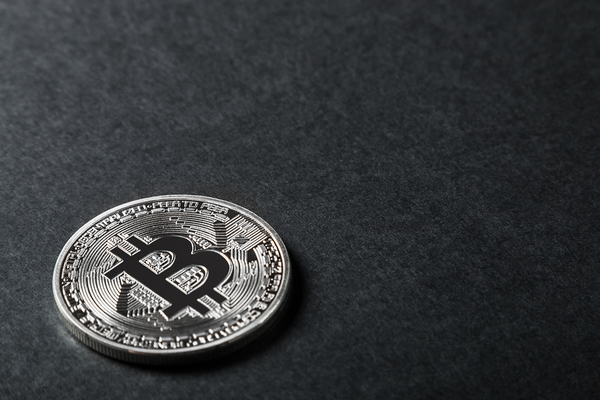
One of the simplest laws of economics is the harder it is to do something, the more paying someone else to do it will cost you. This is why labor is one of the highest costs in any industry. This presents a strange problem for altcoins because as they become more popular, more and more people start trying to mine them. It’s another supply and demand problem. There’s more labor than the network needs to mine a block, so the cost of that labor, and thus the value of that block, go down, crashing the value of the coin.
That is, unless you make it harder to mine the block over time. This is where mining difficulty control comes into play. With any altcoin, there’s a target, and to hit that target, you need to generate a hash that is either equal to or lower than the target. These are huge, long, complex numbers and finding them takes an absurd amount of work even for a computer. But throw enough computing power at any problem, and it’s like the old bit about a million monkeys banging at a million typewriters. Just by sheer brute force, block generation will speed up.
So every set number of blocks, the difficulty is recalculated to compensate for the total labor available. That way, mining a block remains hard enough to be valuable, but not so hard as to drive people off the network. Mining difficulty is a useful way to stabilize the value of altcoins and it ensures they remain an investment worth considering. For more on mining difficulty and altcoin volatility, subscribe to the Bitcoin Market Journal
newsletter today!

